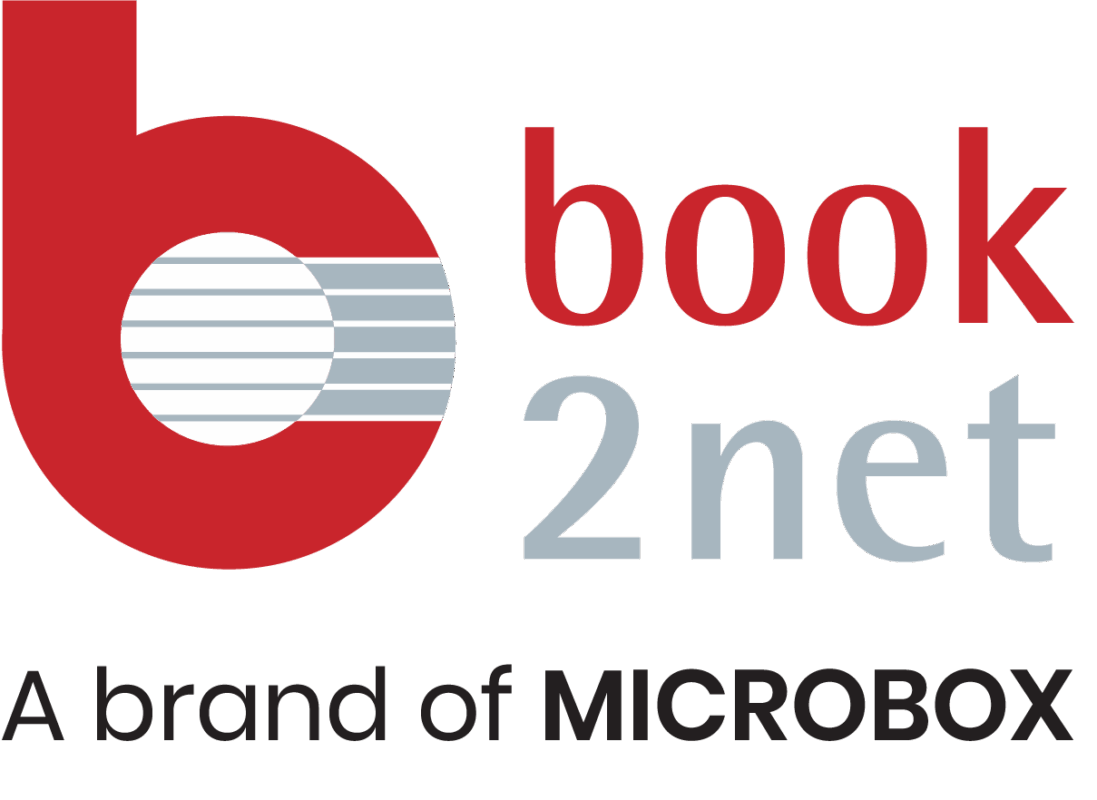In contrast to planetary scanners, which are operating contactless with incident light, flatbed scanners work on the same principle as a copier: The original is placed on a pane of glass and light-sensitive sensors are guided under the pane of glass during scanning.
This method makes it possible to scan not only single pages and photos but also bulky documents such as books. However, in order to achieve a sharp image, the original usually has to lie flat on the glass plate. This can lead to irreparable damage to the book spine due to the high pressure load. In addition, the handling is very cumbersome as the flap has to be opened each time for the next scan; the book has to be taken out, the page turned again, etc. Likewise, this type of scanning does not allow a distortion-free and reproducible capturing of the original.
Some flatbed scanners also have a document feeder for single pages. Inexpensive flatbed scanners are therefore mainly used in office operations, where documents are mostly scanned in A4 up to A3 format.
High-priced flatbed scanners, especially in the large format area, also work with conservative LED lighting and high-resolution line sensor technology, which also enables digitization without pressure to a certain extent, but is clearly inferior to planetary scanners in terms of protection of the originals, handling and productivity.
